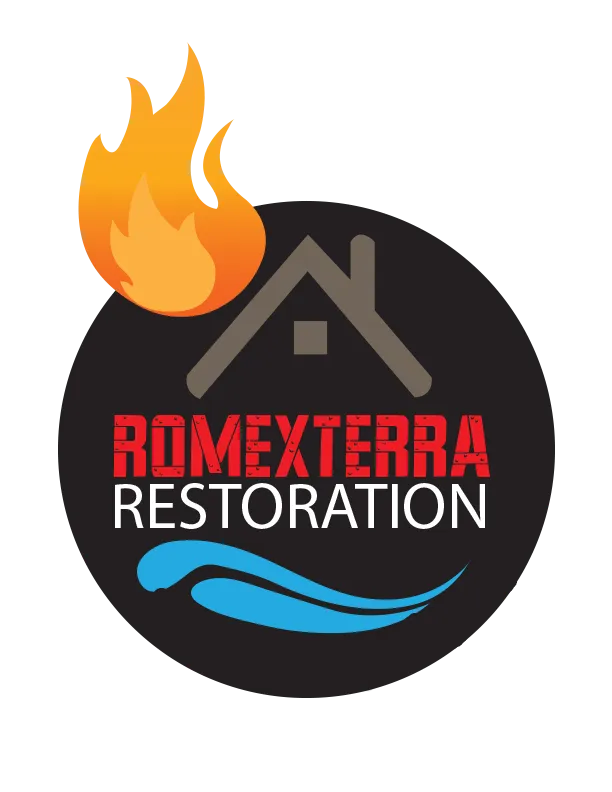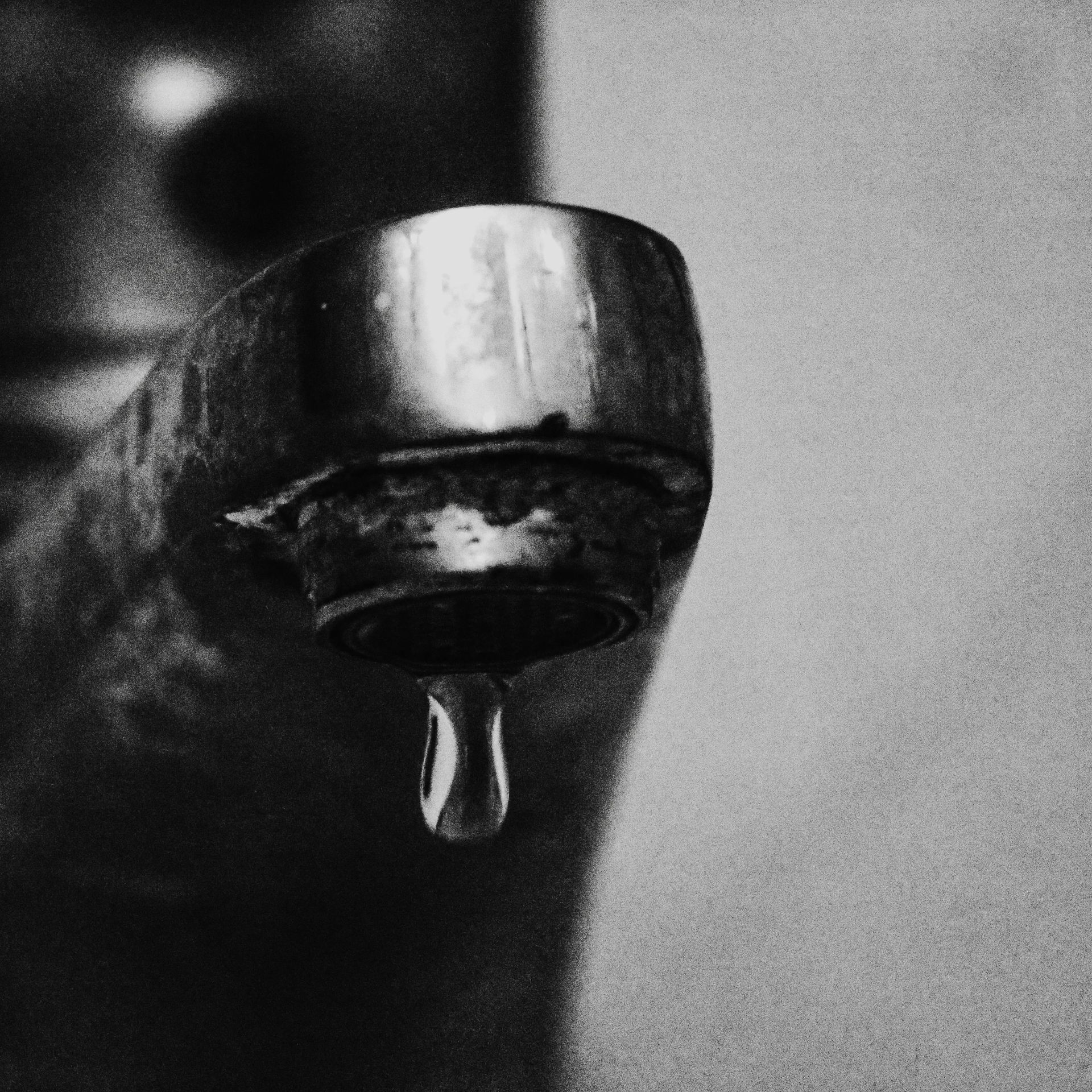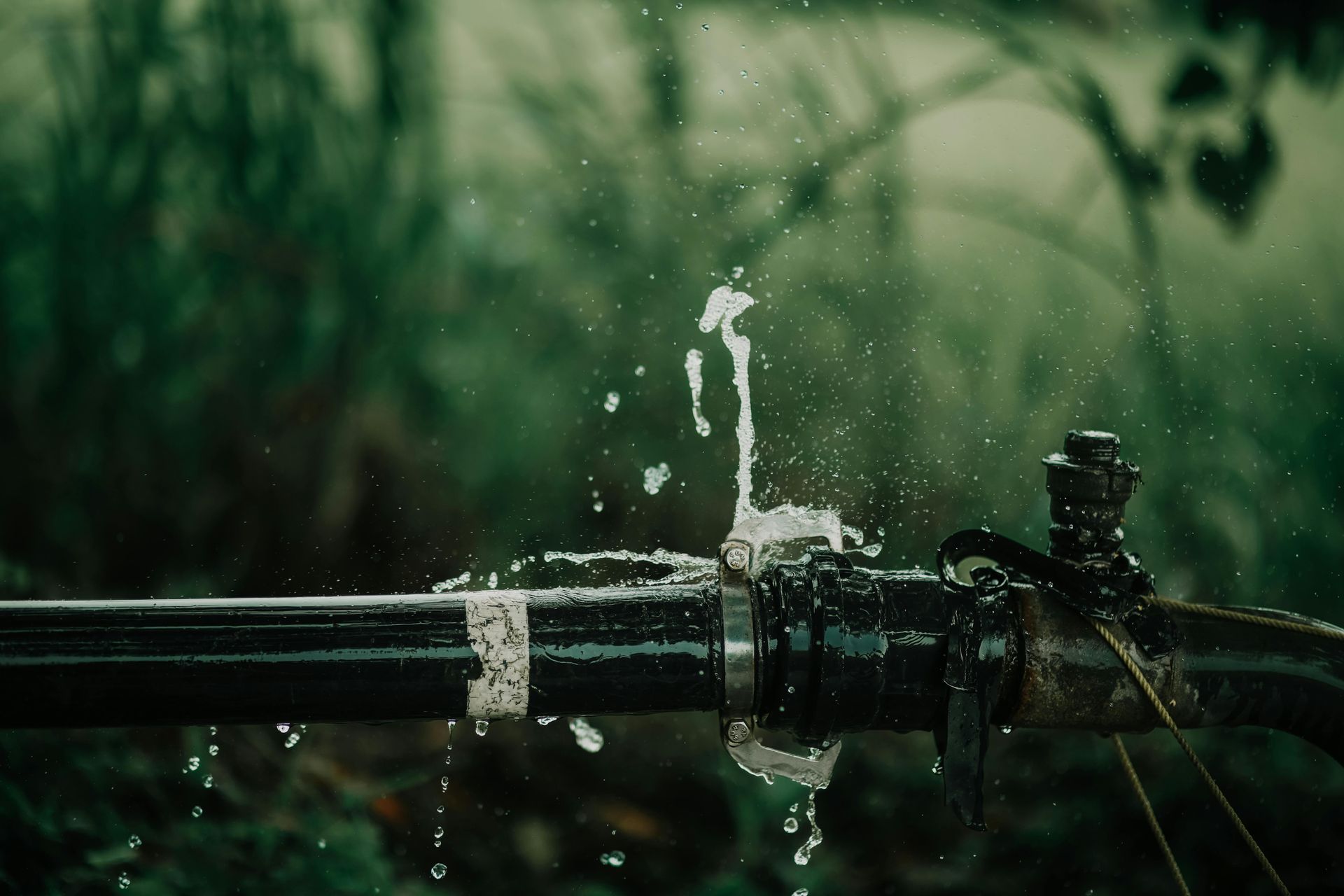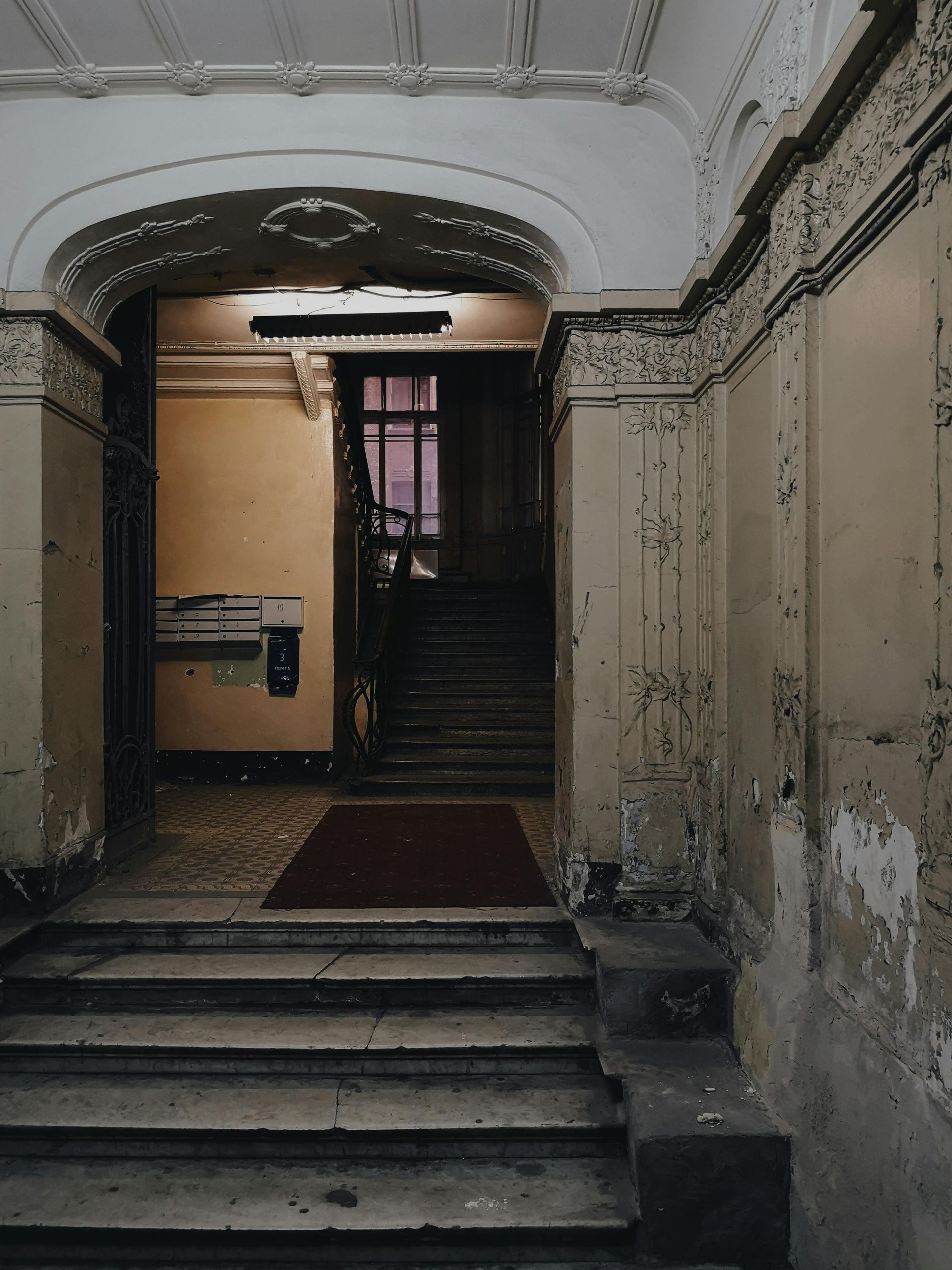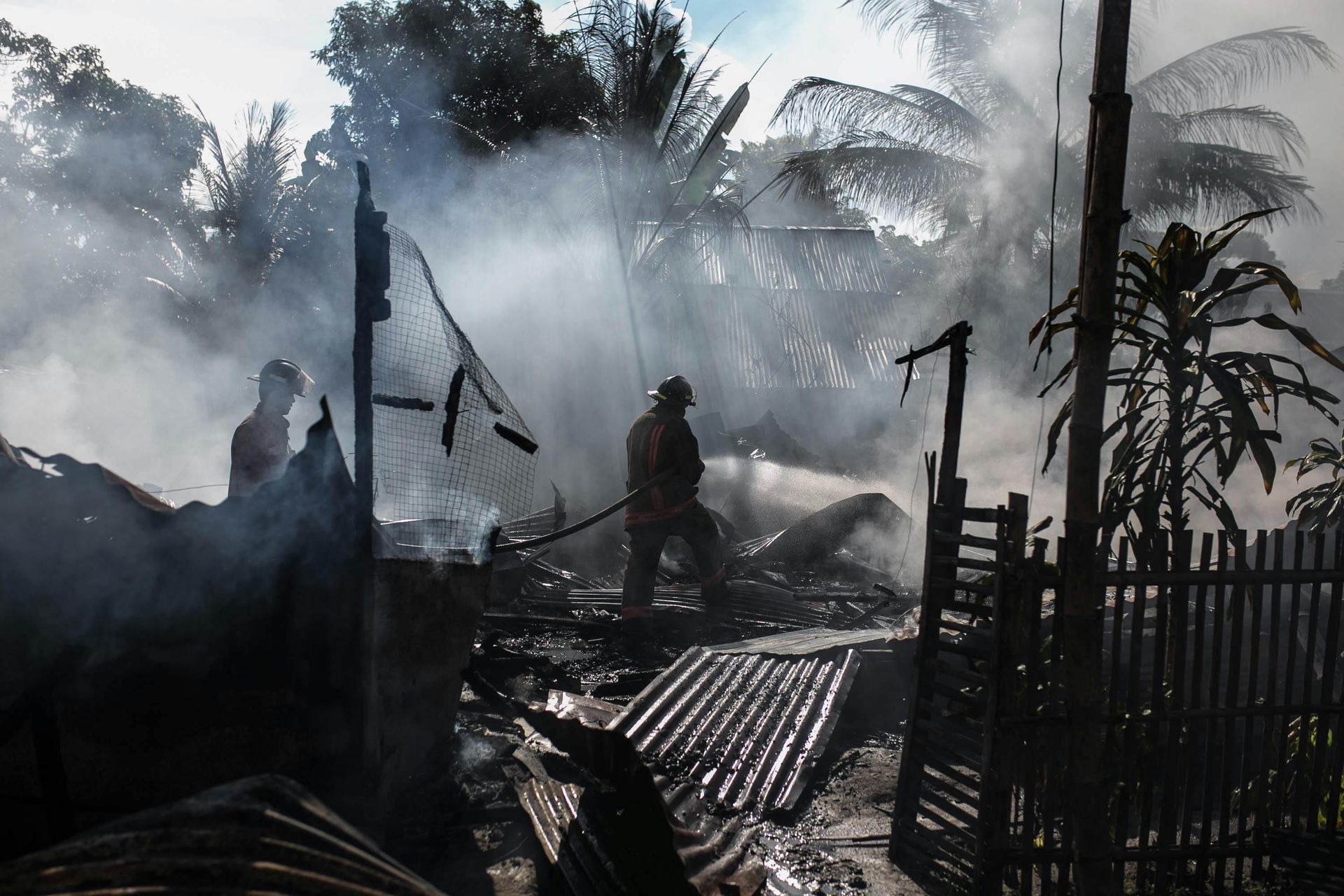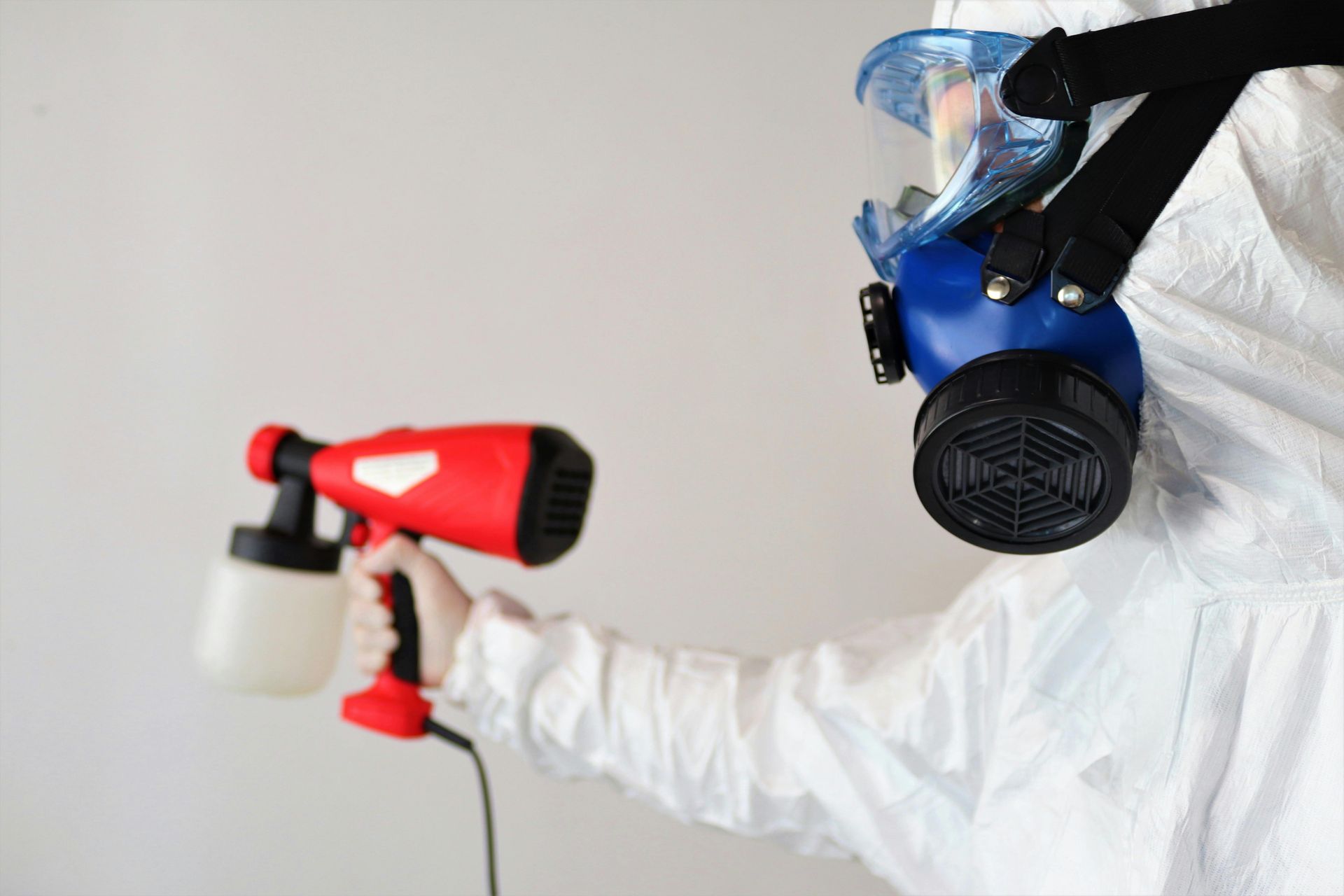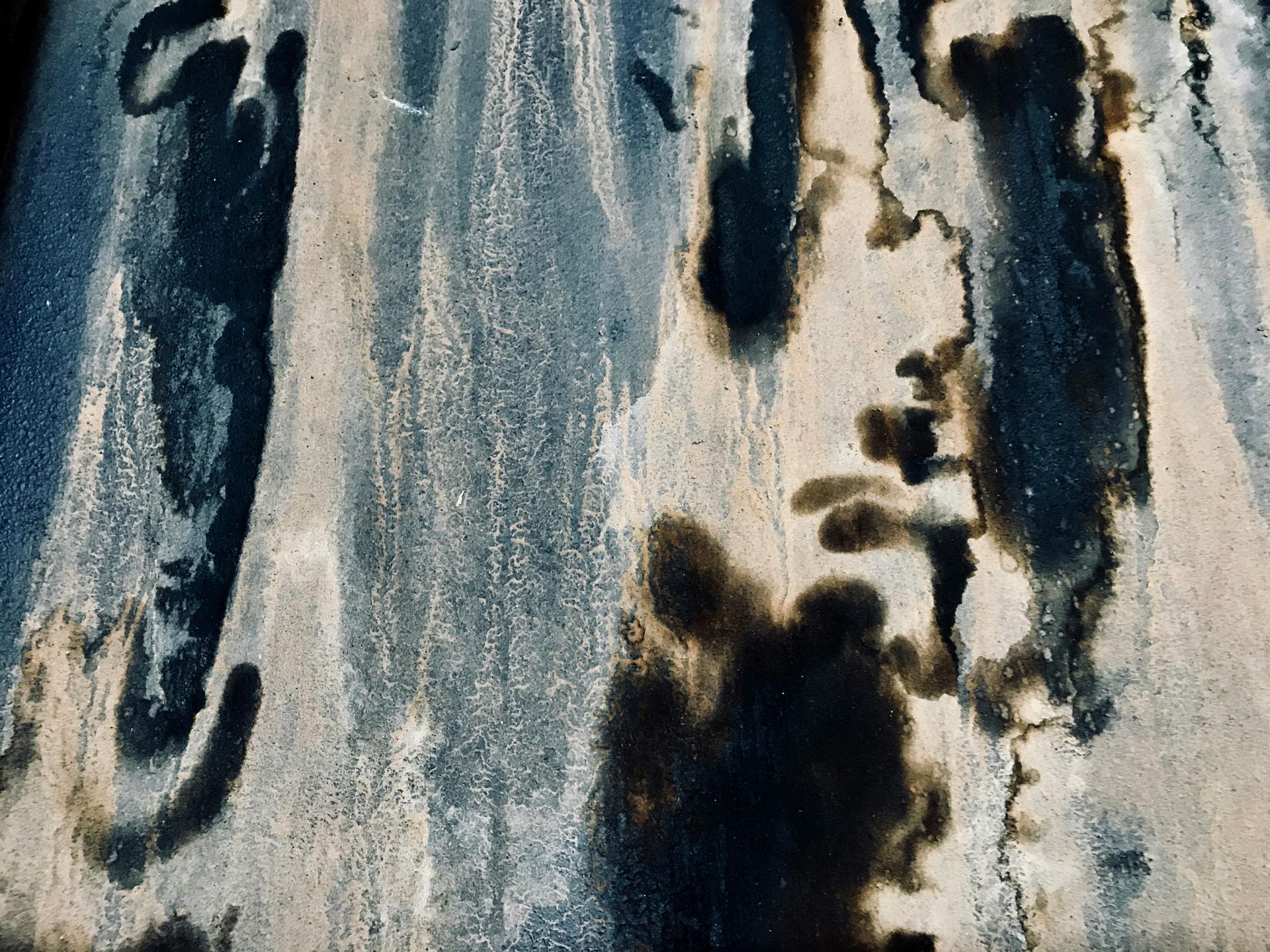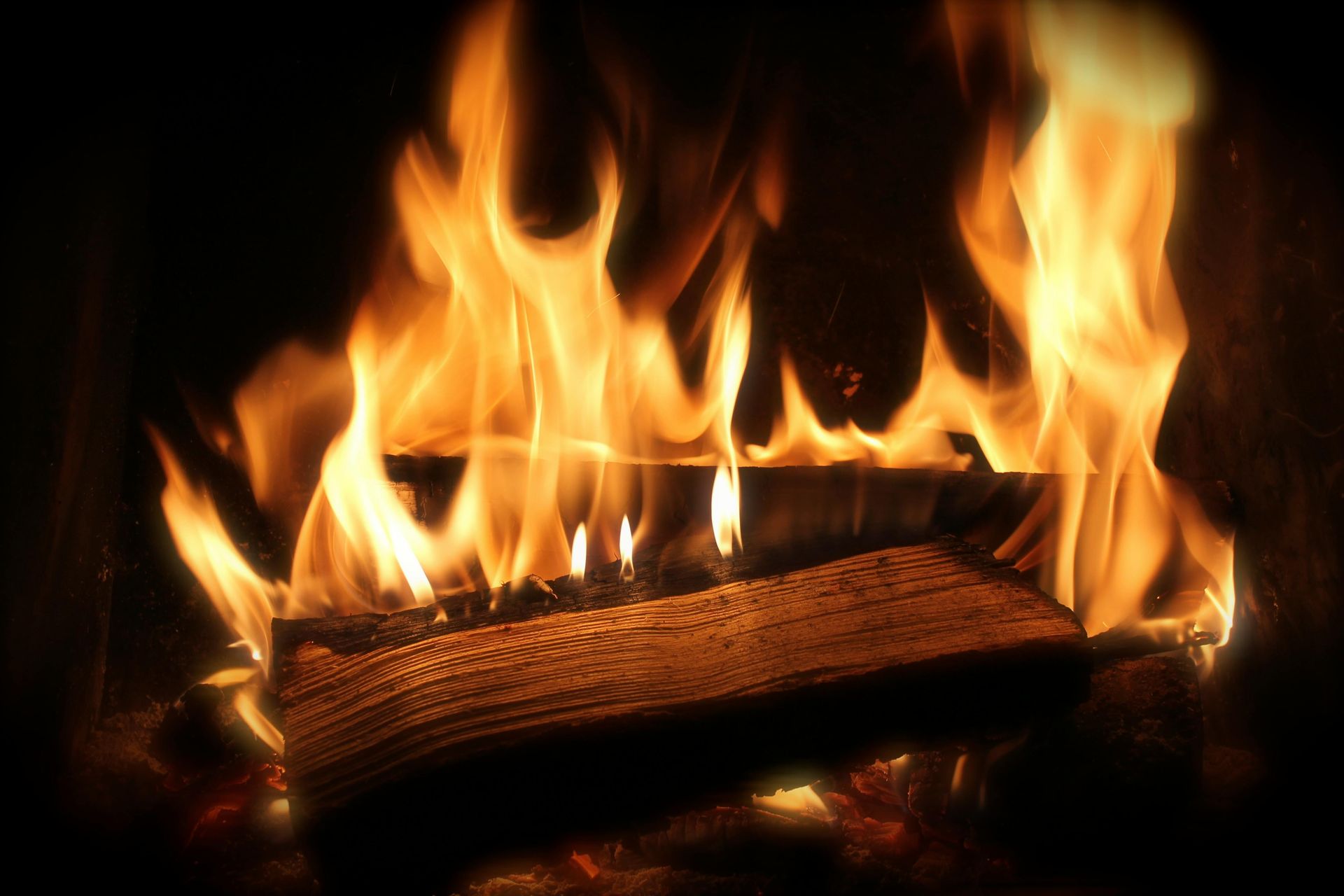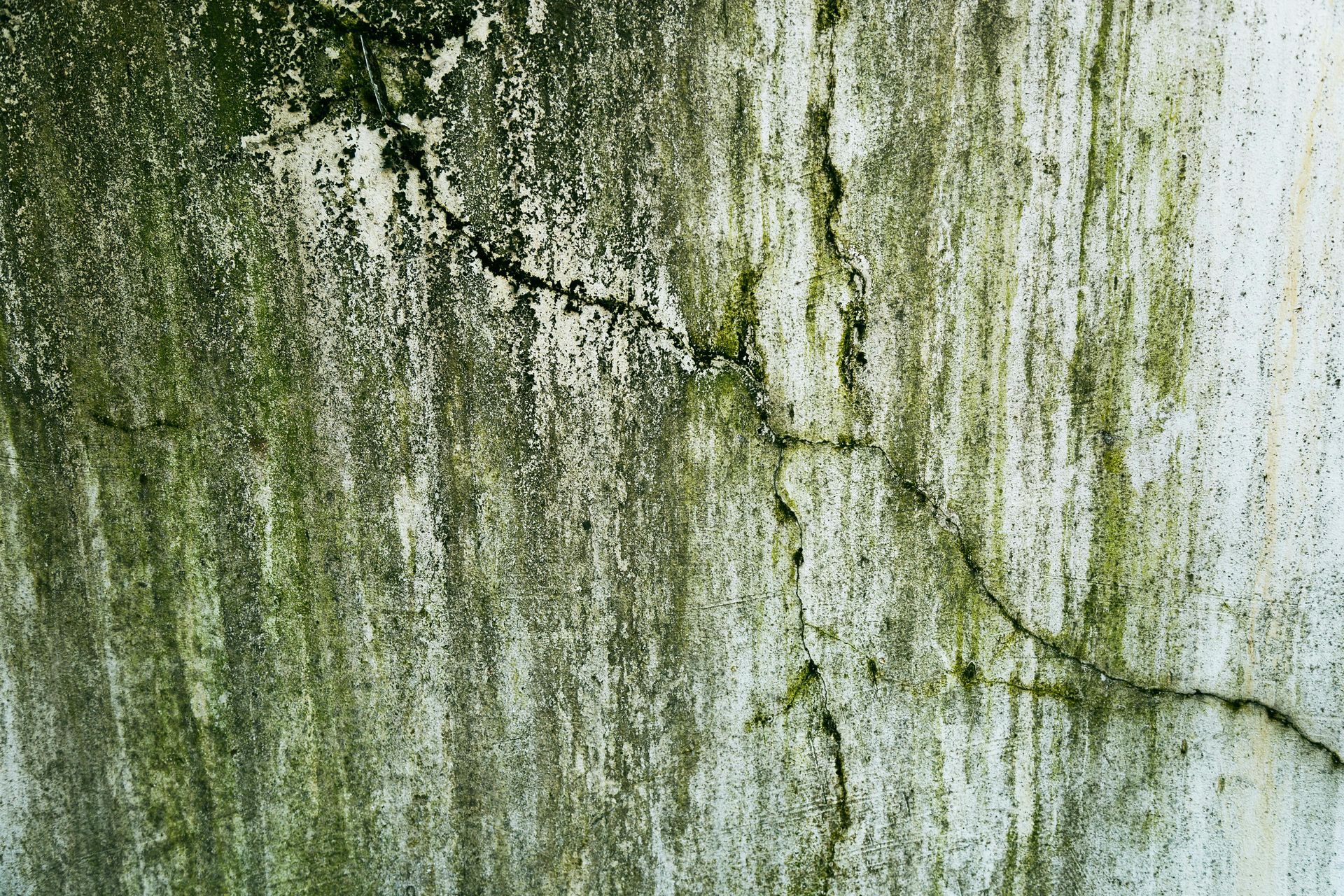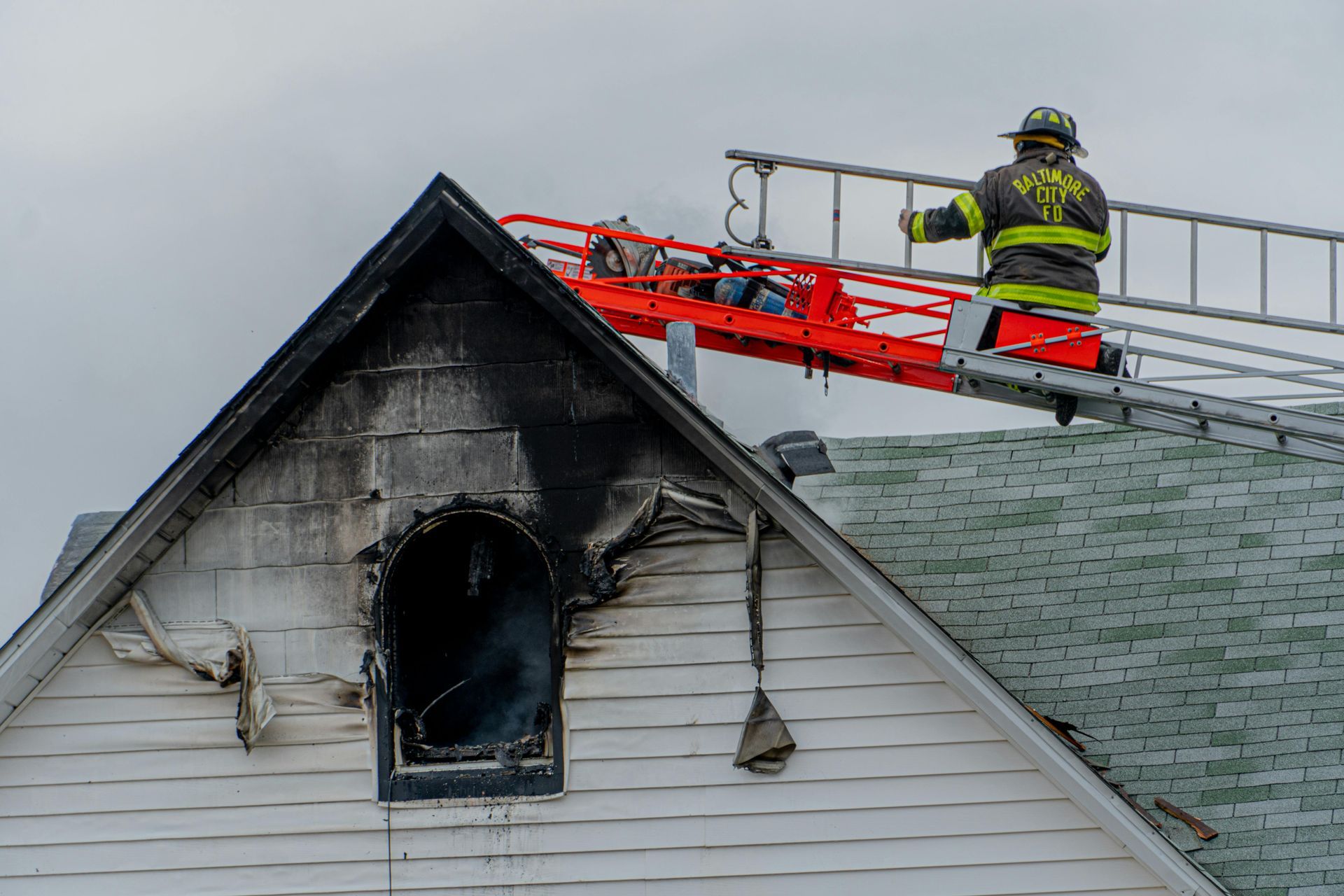Home Fire Damage Protection: Vital Measures for Safety
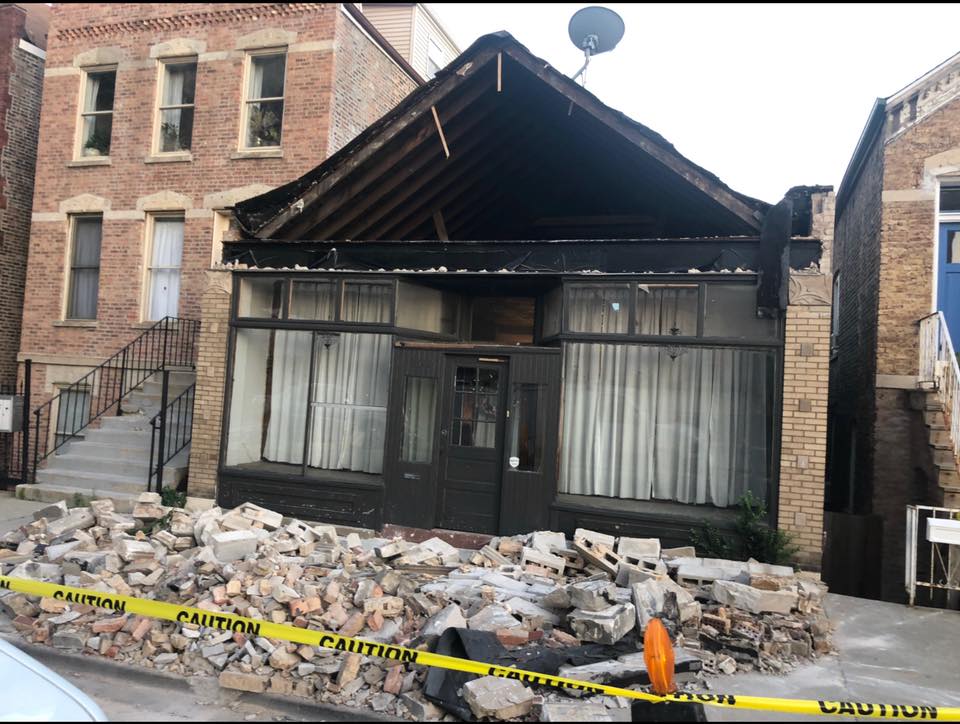
The Risks of House Fires and How to Stay Safe
House fires are all too common and can cause devastating consequences. According to the National Fire Protection Association (NFPA), there were nearly 338,000 reported house fires in 2021 in the United States.
Homeowners need to take proactive steps to protect their homes and family from the risks of fire. This article will discuss the potential causes of house fires, some of the most effective fire safety measures homeowners can take to prevent them, and what actions to take in the event of a fire.
Understanding the Risk Factors
It is important for homeowners to understand the various causes of home fires in order to reduce their chances of having one. The most common sources of home fires are unattended cooking, heating equipment (such as furnaces and space heaters), electrical faults, cigarettes, candles, and faulty appliances. In addition to these typical risks, certain seasons or circumstances may increase the risk of home fires.
For example, in the winter months, when temperatures drop, and snow falls, homeowners should be especially vigilant about their heating equipment. It is important to ensure that all appliances are functioning properly and not near combustible materials that could catch fire if exposed to a spark or flame. In addition, frequent inspections of chimneys and flues are necessary to ensure that any built-up soot or creosote does not become a fire hazard.
The summer months also bring a set of risks, including lightning strikes which can cause electrical fires, and an increase in outdoor grilling activities. It is essential to always use caution when grilling outside, keeping the grill away from children and pets and never leaving it unattended. It is also important to keep any firewood, leaves, or other combustible materials away from the grill and to ensure that all propane tanks are securely closed when not in use.
Understanding the Common Causes of Home Fires
House fires are an unfortunate reality, and many of them are caused by preventable reasons. According to the National Fire Protection Association (NFPA), cooking is the leading cause of home fires and home fire injuries in the United States. This includes incidents involving grills, deep fryers, and ovens – all activities that occur during meal preparation. Here are the common causes of home fires.
Cooking-related Fires
Unattended cooking is one of the biggest causes of home fires. Leaving food on a stove, unattended can quickly ignite and become uncontrollable in a matter of minutes. In addition to this, mishandled hot oil or malfunctioning kitchen appliances can also lead to devastating house fires.
An electric stove left unattended with a pan of food on it can quickly ignite when the oil reaches its flash point. Similarly, a malfunctioning deep fryer can also lead to a fire if not operated according to manufacturer instructions. These incidents show how quickly and effectively a kitchen-related fire can spread without proper safety precautions.
Electrical Fires
It is important to be aware of the risk that a fire can occur in your home due to faulty wiring, overloaded circuits, or misuse of electrical appliances. Faulty wiring and overloaded circuits are often the result of incorrect installation, improper maintenance, or old age. In some cases, these issues can cause a circuit breaker to trip, which is an indication that there may be a problem that needs to be addressed.
It is important to know the signs of potential electrical issues so you can address them before they become dangerous. Some common symptoms include flickering or dimming lights, sparking outlets, and hot switch plates. You should also watch out for frayed wires, broken plugs, or loose connection points. If you spot any of these warning signs, you should contact a licensed electrician immediately to evaluate the situation and take the necessary precautions.
Heating Equipment Fires
It is important to follow proper maintenance guidelines for your heaters, fireplaces, and furnaces in order to reduce the risk of starting a fire. Poorly maintained units can have issues such as blocked vents or flues that could cause excessive heat buildup and lead to a hazardous situation. Inspections should be conducted regularly to ensure that all components are working properly. Dust, lint, and debris should be removed from vents, air filters, and fan motors. In the case of gas appliances and fireplaces, make sure to have a qualified technician inspect your unit at least once a year for potential issues that could lead to a fire hazard.
Additionally, it is important to keep combustible items away from units such as heaters or furnaces to prevent accidental ignition. Make sure to check smoke and carbon monoxide detectors in your home on a regular basis to ensure they are functioning properly.
Fire Prevention Tips
It is important to know how to respond in case of fire correctly and safely. These are helpful fire prevention tips that can help you.
Regular Inspection and Maintenance
In order to reduce the chances of a house fire and the resulting damage it can cause, regular maintenance and inspection of all fire-prone areas and appliances is necessary. This includes inspecting electrical wiring, smoke detectors, and any other type of surface that could become a potential fire hazard. Professional services like Romexterra Restoration provide inspection services to identify any potential risks in order to prevent a fire from occurring.
We can also advise on the best course of action to remedy any risks and provide advice on how to make sure your home is up-to-date with fire safety regulations. In addition, professional services can help identify signs of wear and tear that may not be immediately visible, making it easier to stop potential problems.
Proper Storage of Flammable Materials
It is important to properly store flammable substances in order to reduce the risk of fires. It should be stored in a cool, dry, well-ventilated area away from any ignition sources (e.g., heaters or open flames) and combustible materials (e.g., wood). Containers should be labeled with the relevant fire protection symbols to indicate what type of material is inside, and they should not contain any more than the recommended amount for safe storage. All containers should also be properly sealed when not in use to prevent spills and leaks.
Fire-Resistant Building Materials
Fire-resistant materials are an important component of reducing the risk of residential fires. These materials help slow the spread of fire and smoke, as well as lessen its destruction on property.
- Fire Retardant Lumber: This is lumber that has been chemically treated to resist fire. It can be used for siding, framing, roofing, and other structural components.
- Fire Resistant Drywall: Often referred to as "Type X" drywall, this type of drywall has extra layers with fire retardant chemicals that cause it to take longer for a fire to spread through.
- Metal Studs: These are frames used in construction where wood studs would normally be used. Metal studs are much less combustible, making them safer to use in areas prone to fire.
Smoke Detectors and Fire Alarms
Smoke detectors and fire alarms are essential in keeping homes safe from residential fires. According to the National Fire Protection Association, smoke alarms that are properly installed and maintained can reduce the risk of dying in a home fire by as much as half.
When installing smoke detectors and fire alarms, it's important to place them in every bedroom, outside each sleeping area, and on every level of the home. Additionally, fire alarms should be tested monthly to ensure they are working properly. This can help to save lives in case of an emergency.
It is recommended that smoke detectors and fire alarms be replaced after 10 years, regardless of whether or not they appear to still work. This ensures that your system is up-to-date with the latest technology.
Fire Extinguishers
When it comes to fireproofing your home, having the right equipment on hand is essential. Fire extinguishers are a must-have in key areas throughout the house, such as the kitchen and garage. Having these accessible during an emergency can mean the difference between containing and controlling a small fire or having it spread quickly out of control.
Using a fire extinguisher is a relatively straightforward process:
- You want to get as far away from the fire as possible while still having a clear view of it.
- You will need to remove the pin attached to the extinguisher's handle in order to unlock it and release the pressure.
- Aim the nozzle at the base of the flames and squeeze down on the lever or handle to begin releasing the extinguishing agent. Move around in a sweeping motion to evenly distribute the agent over the area.
- Keep an eye on the fire and make sure it is completely out before leaving the area.
Fire Safety Plan
Once you've planned your fire escape route and ensured adequate exits, it's time to practice. You should practice the fire escape plan multiple times a year with all of your family members in order to reinforce the instructions.
When practicing, make sure everyone is familiar with the area around them, such as windows, doors, and hallways. You should also make sure that everyone is aware of the potential obstacles, such as smoke damage that could block or impair visibility when escaping a burning building.
Once you've completed the practice run, assess any potential risks and make adjustments to your plan accordingly. It's important to remember to check that all exits remain clear in case you need to use them in a real emergency.
The Aftermath: Recovering from a Home Fire
It is important to take measures to prevent a fire in your home. Make sure to regularly check for electrical problems, such as frayed wires or exposed outlets. Keep combustible materials away from stoves and heaters. Install smoke detectors on each level of the house and test them monthly. Always be careful when using flammable substances like gasoline or paint thinner, and be sure to store them in sealed containers.
If a fire does occur, contact your insurance company as soon as possible. They will be able to provide guidance on lodging arrangements and temporary housing if needed. When you return home after the fire, be sure to thoroughly inspect the house before entering to make sure it is safe.
Ensuring a Fire-Proof Future with Romexterra Restoration
House fire damage protection is vital for any home or business owner in order to ensure the safety and integrity of the property. It's important to take necessary precautions that will prevent a fire from occurring in the first place, such as installing smoke alarms and keeping combustible materials away from heat sources. In the event of a fire, it's essential to act quickly and contact professionals who specialize in fire damage restoration services like Romexterra Restoration.
Romexterra Restoration is a trusted leader in the industry, offering 24/7 emergency services. Their certified specialists use advanced techniques to help restore your home or business to its pre-fire condition with minimal disruption. We have over years of experience and are committed to providing excellent customer service. Contact us today!
